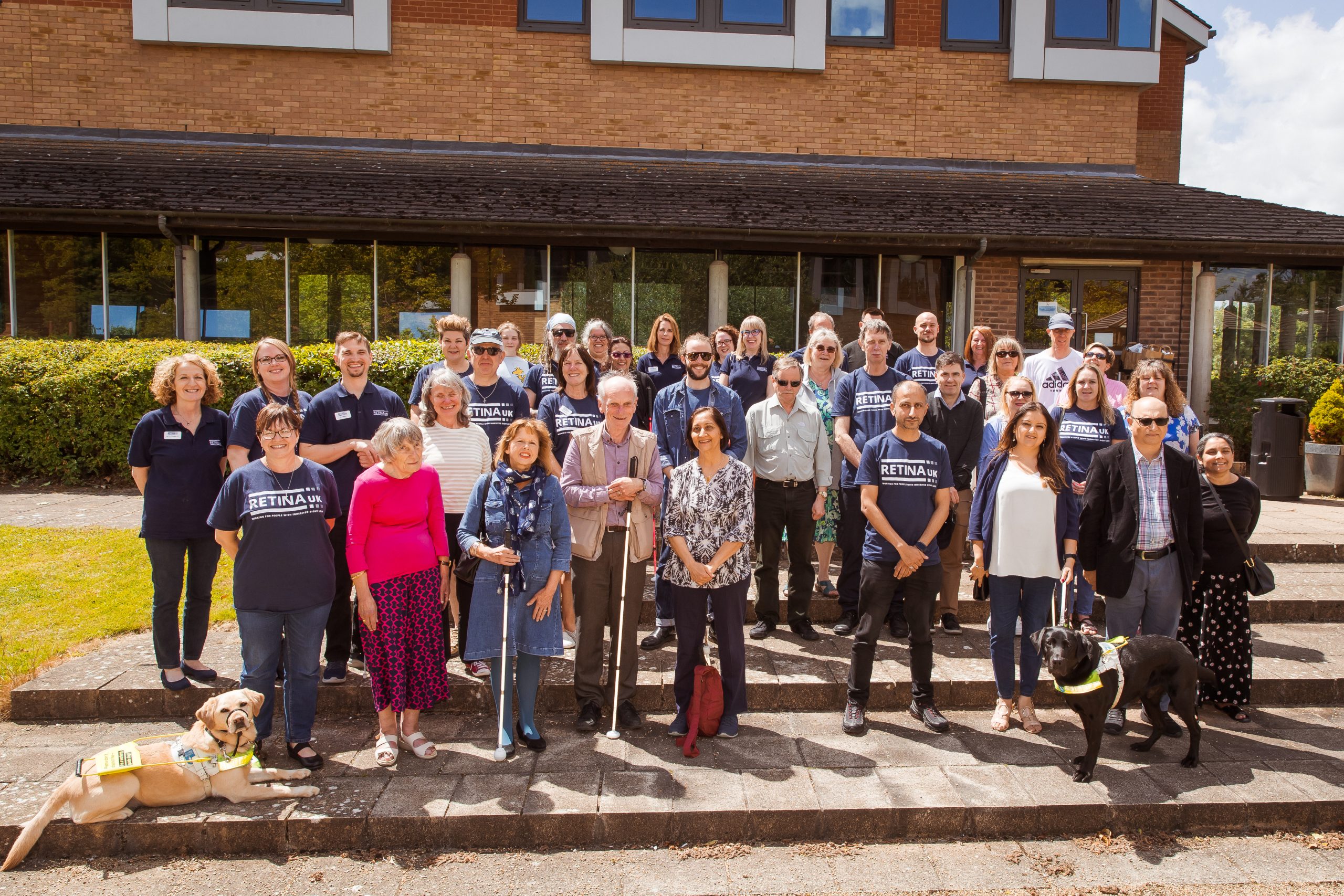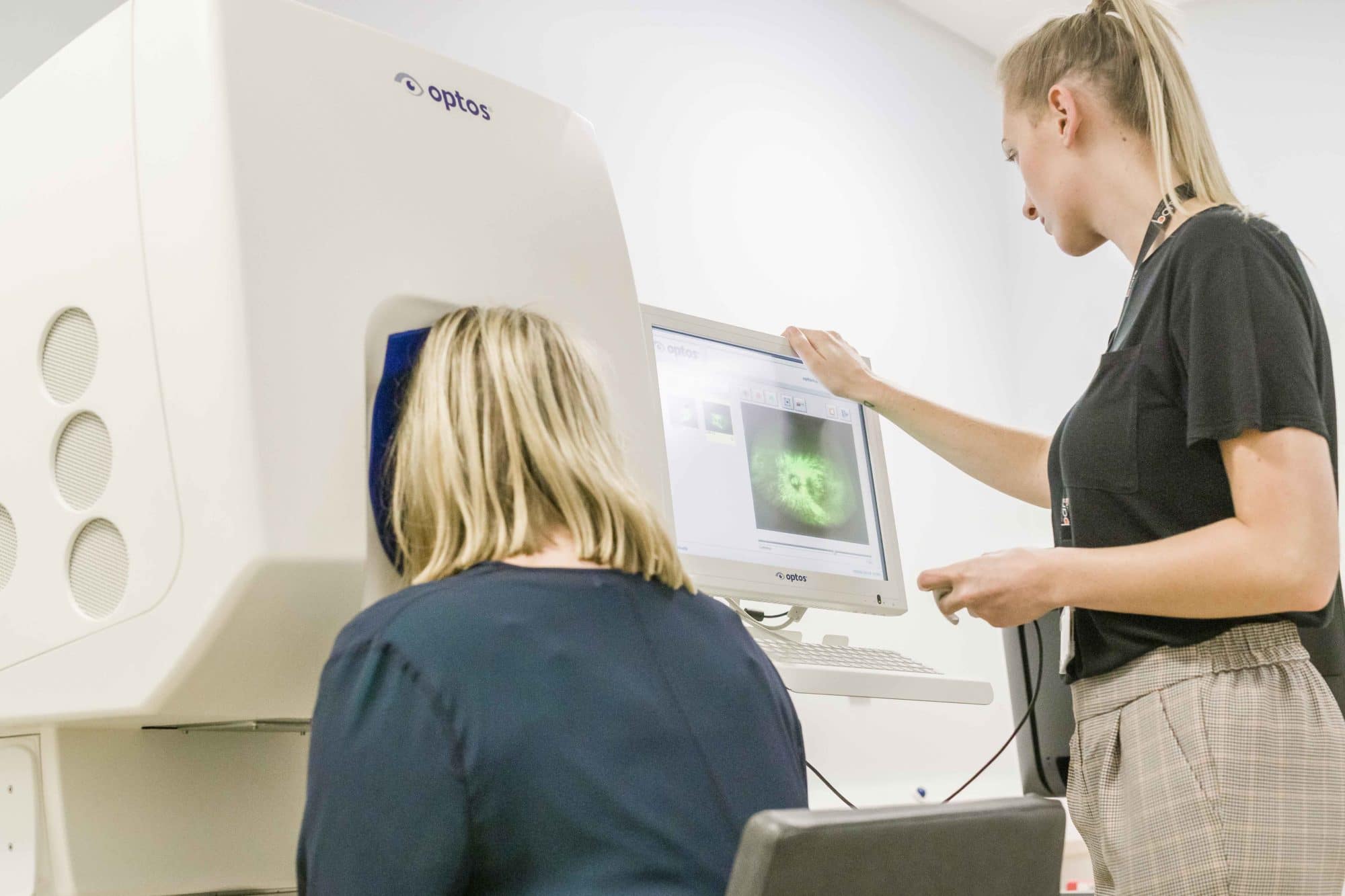
Meet our Ambassador: Bhavini Makwana
Her work with us enables her to achieve her aim of empowering others living with similar conditions to her own.
Search results

Her work with us enables her to achieve her aim of empowering others living with similar conditions to her own.

Our volunteers are highly valued members of the Retina UK team and their roles are essential to help support and enable people affected by inherited sight loss to live fulfilling lives.
X-linked inheritance means that the faulty gene is located on the X chromosome, the larger of the two sex chromosomes.
Beacon Therapeutics announced positive results from their phase 2 gene therapy trial for X-linked retinitis pigmentosa (XLRP) caused by mutations in the RPGR gene.
It was previously believed that female carriers of X-linked inherited retinal diseases (IRDs) like X-linked retinitis pigmentosa (RP and Choroideremia) remained unaffected by sight loss.

UK researchers have discovered that passing a weak electrical current between electrodes on a person’s scalp may lead to a reduction in frequency of the visual hallucinations experienced by some people living with sight loss.
Disulfiram (Antabuse), FDA-approved for deterring alcohol, is in a phase 1 trial at the University of Washington to improve vision in retinitis pigmentosa.
A round-up of the latest research into inherited retinal conditions - February 2024.
Autosomal dominant inheritance means that the faulty gene is on an autosome (any chromosome other than the sex chromosomes) and that only one faulty copy is needed to cause sight loss.
A recently published study has described numerous disease mechanisms that appear to be common across different types of inherited sight loss, suggesting that there is significant potential for drug treatments that could work regardless of the underlying causative gene.